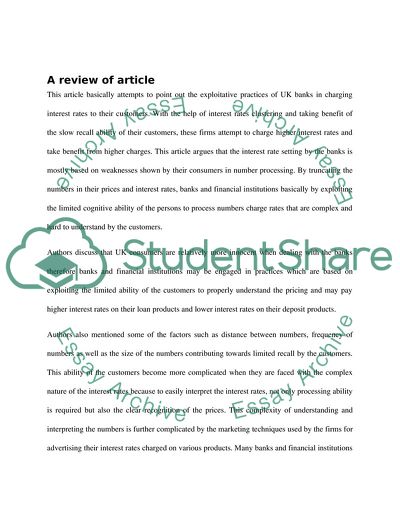Cite this document
(The Clustering of Interest Rates Literature review, n.d.)
The Clustering of Interest Rates Literature review. https://studentshare.org/finance-accounting/1740535-fs3005
The Clustering of Interest Rates Literature review. https://studentshare.org/finance-accounting/1740535-fs3005
(The Clustering of Interest Rates Literature Review)
The Clustering of Interest Rates Literature Review. https://studentshare.org/finance-accounting/1740535-fs3005.
The Clustering of Interest Rates Literature Review. https://studentshare.org/finance-accounting/1740535-fs3005.
“The Clustering of Interest Rates Literature Review”. https://studentshare.org/finance-accounting/1740535-fs3005.


